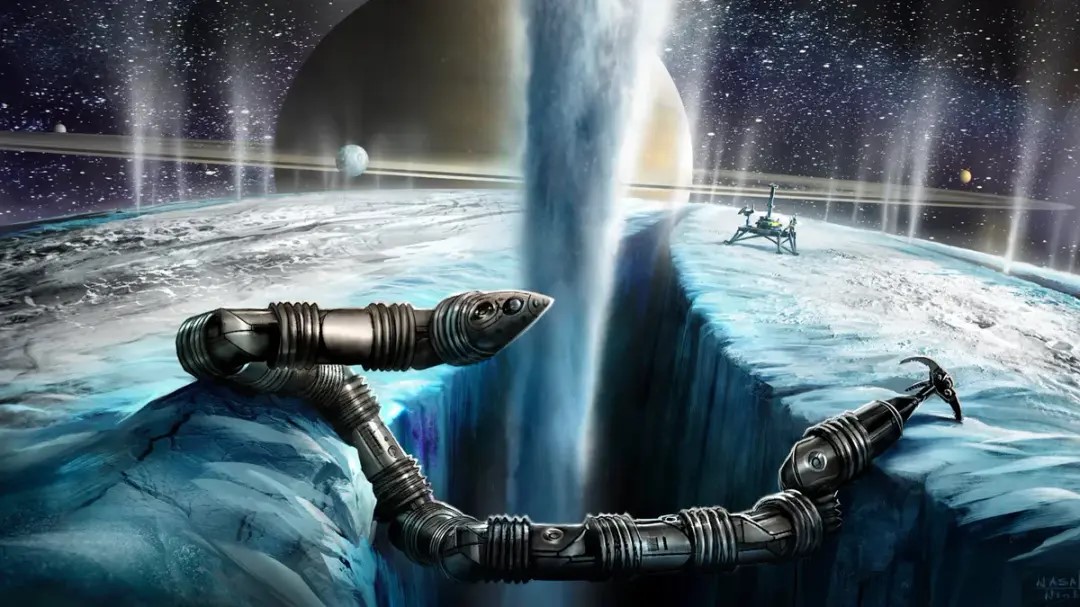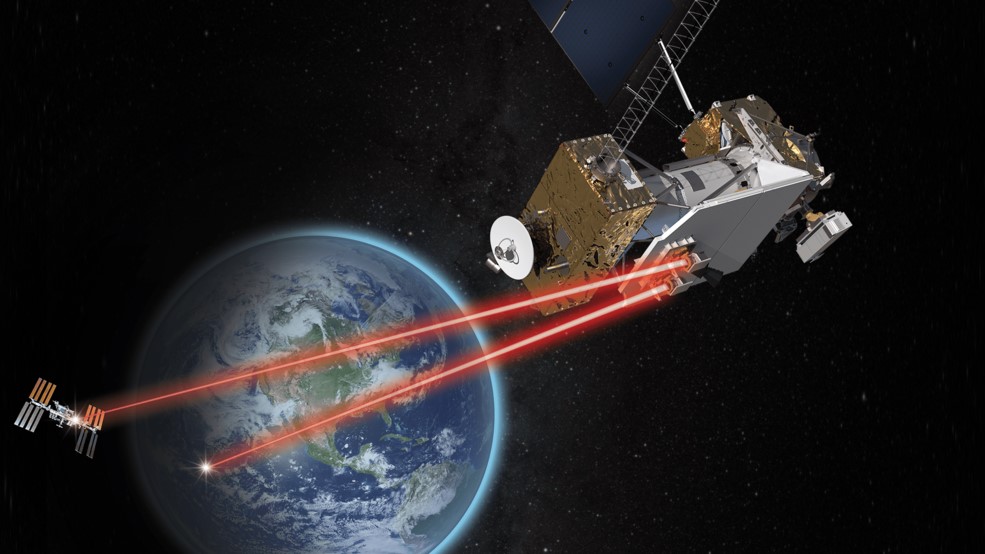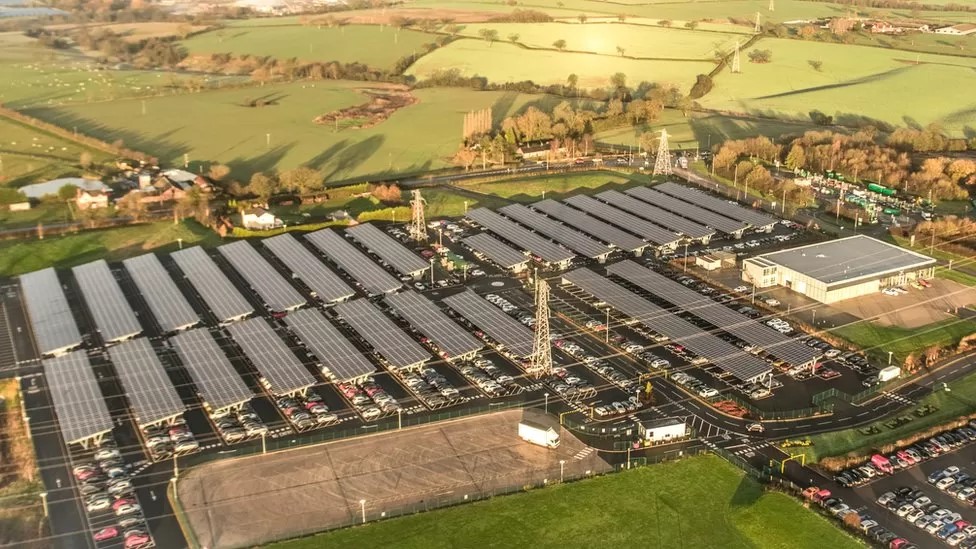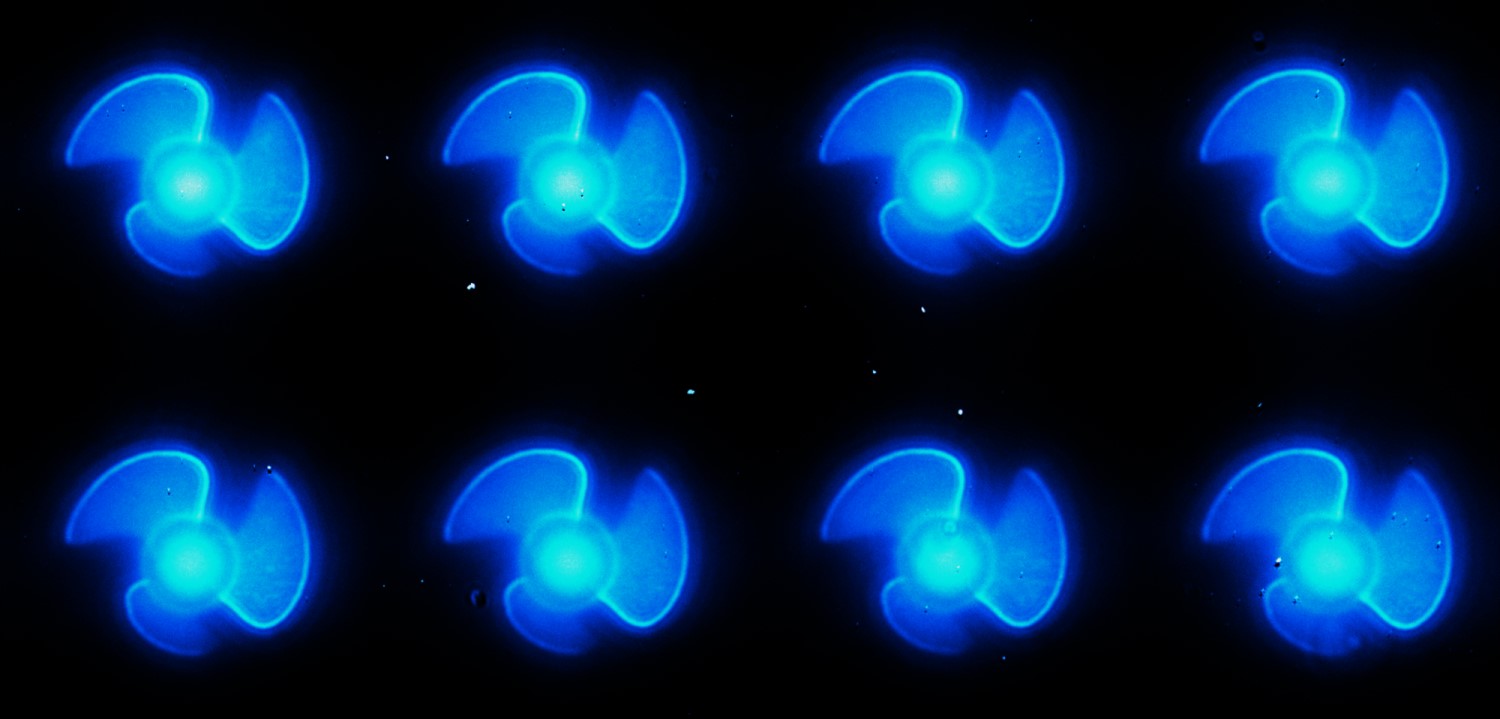New Earth-Size World Covered in Volcanoes
Astronomers have discovered an Earth-size exoplanet, or world beyond our solar system, that may be carpeted with volcanoes. Called LP 791-18 d, the planet could undergo volcanic outbursts as often as Jupiter’s moon Io, the most volcanically active body in our solar system. [1]

Figure 1. New Earth-Size World Covered in Volcanoes (Credits: NASA’s Goddard Space Flight Center/Chris Smith (KRBwyle))
Figure 1 shows LP 791-18 d, shown here in an artist's concept, is an Earth-size world about 90 light-years away. The gravitational tug from a more massive planet in the system, shown as a blue disk in the background, may result in internal heating and volcanic eruptions – as much as Jupiter’s moon Io, the most geologically active body in the solar system. Astronomers discovered and studied the planet using data from NASA’s Spitzer Space Telescope and TESS (Transiting Exoplanet Survey Satellite) along with many other observatories. The planet was discovered and researched using data from NASA's TESS (Transiting Exoplanet Survey Satellite) and the now-retired Spitzer Space Telescope, as well as a number of ground-based observatories.
LP 791-18 d orbits a small red dwarf star about 90 light-years away in the southern constellation Crater. Researchers estimate it’s only slightly larger and more massive than Earth. [1]
“LP 791-18 d is tidally locked, which means the same side constantly faces its star,” said Björn Benneke, a co-author and astronomy professor at iREx who planned and supervised the study. “The day side would probably be too hot for liquid water to exist on the surface. But the amount of volcanic activity we suspect occurs all over the planet could sustain an atmosphere, which may allow water to condense on the night side.” [2]
“Only a small proportion of the exoplanets discovered so far are thought to be able to support life,” said Karen Collins, a co-author of the study that details the findings. “Our discovery of LP 791-18d gives us more hope that we might one day find signs of life on another planet.” [3]
LP 791-18d is on the inner edge of the habitable zone, a ‘Goldilocks zone’ that’s not too hot and not too cold for liquid water to exist on the surface of surrounding planets. Before they discovered LP 791-18d, astronomers were already aware of another planet in the system, LP 791-18c, an outer planet that’s much larger and more massive than planet d. [4]
When planet c passes close to planet d, it produces a gravitational tug, making planet d’s orbit elliptical. The elliptical orbit deforms planet d slightly, creating internal friction that substantially heats the planet’s interior and produces volcanic activity on its surface. Jupiter’s moon, Io, is affected in a similar way. [4]
Researchers have already received approval to study planet c’s atmosphere using the James Webb Space Telescope and hope to add planet d to the list. [4]
"This discovery is just a first step,” Collins said. “With the potential to continue studying this planet with the James Webb Space Telescope, we will be able to fine-tune our observations and learn more about the planet’s likely volcanically fueled atmosphere. Future discoveries will help us understand how the ingredients of life might have come to be on worlds other than our own.” [3]
Source: Smithsonian
References:
- https://svs.gsfc.nasa.gov/14282
- https://scitechdaily.com/volcano-world-earth-size-planet-discovered-by-astronomers-may-be-carpeted-with-volcanoes/
- https://www.si.edu/newsdesk/releases/astronomers-find-potentially-volcano-covered-earth-size-world
- https://newatlas.com/space/earth-sized-planet-discovered-may-support-life/
Cite this article:
Hana M (2023), New Earth-Size World Covered in Volcanoes, AnaTechMaz, pp.200















